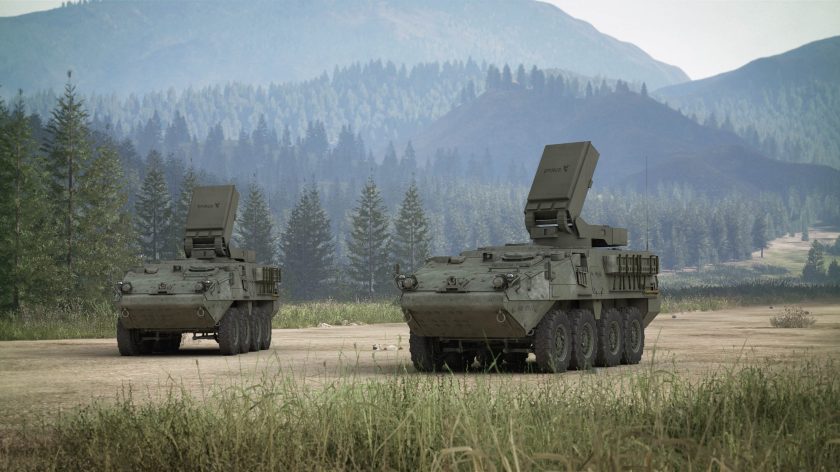A report issued on 23 January by the (US) National Defense Industrial Association’s Emerging Technology Institute highlights the unsurprising but nonetheless concerning fact that weak demand signals from the Pentagon are impeding rapid development of directed energy weapons.
Directed Energy Weapon Supply Chains: Securing the Path to the Future (see link below) recognises the enormous potential that such weapons have in a wide variety of roles – including counter-UAS – while focusing on high-energy lasers (HEL) and high-power microwaves (HPM). The tactical benefits are undoubted, and the potential economic benefits , though subject to considerable debate, have a similarly significant impact. However, the current failure of DoD to fully commit to deployment of the weapons at scale is having a detrimental effect on a supply chain described as vulnerable.
The report, which describes the weapons as “more capable than ever,” suggests they are destined for “an increasingly vital role in countering the threats posed by an increasingly belligerent China, Russia and Iran.” That destiny, however, is unlikely to be realised unless a more positive and committed attitude becomes apparent on the procurement side of the equation. Without such an adjustment, supply chains will continue to be constrained to production of small quantities and will lack the investment required to alter their prospects.
Among the report’s key findings is the suggestion that a strong, committed DoD demand signal is the most urgent action required to stimulate the sector. Industry executives participating in the 23 January launch of the report agreed. Another finding identified vulnerabilities in the supply of critical raw materials, including a number of rare earth elements, supply of which is largely controlled by China.
Further issues highlighted as potential limiting factors in the report include skilled labour shortages, poor training facilities and poor security, as well as a need to exploit international partnerships to help compensate for the lack of critical materials. One cannot help but recognise, however, that there is one paramount shortage for which only concerted action by government, industry and academia can compensate. Time.
For more information: directedenergyweaponsreportdeeti.pdf (emergingtechnologiesinstitute.org)
(Image: Among the multiple programmes currently being pursued is the Epirus Leonidas Mobile counter-electronics system. Credit: Epirus, Inc.)




